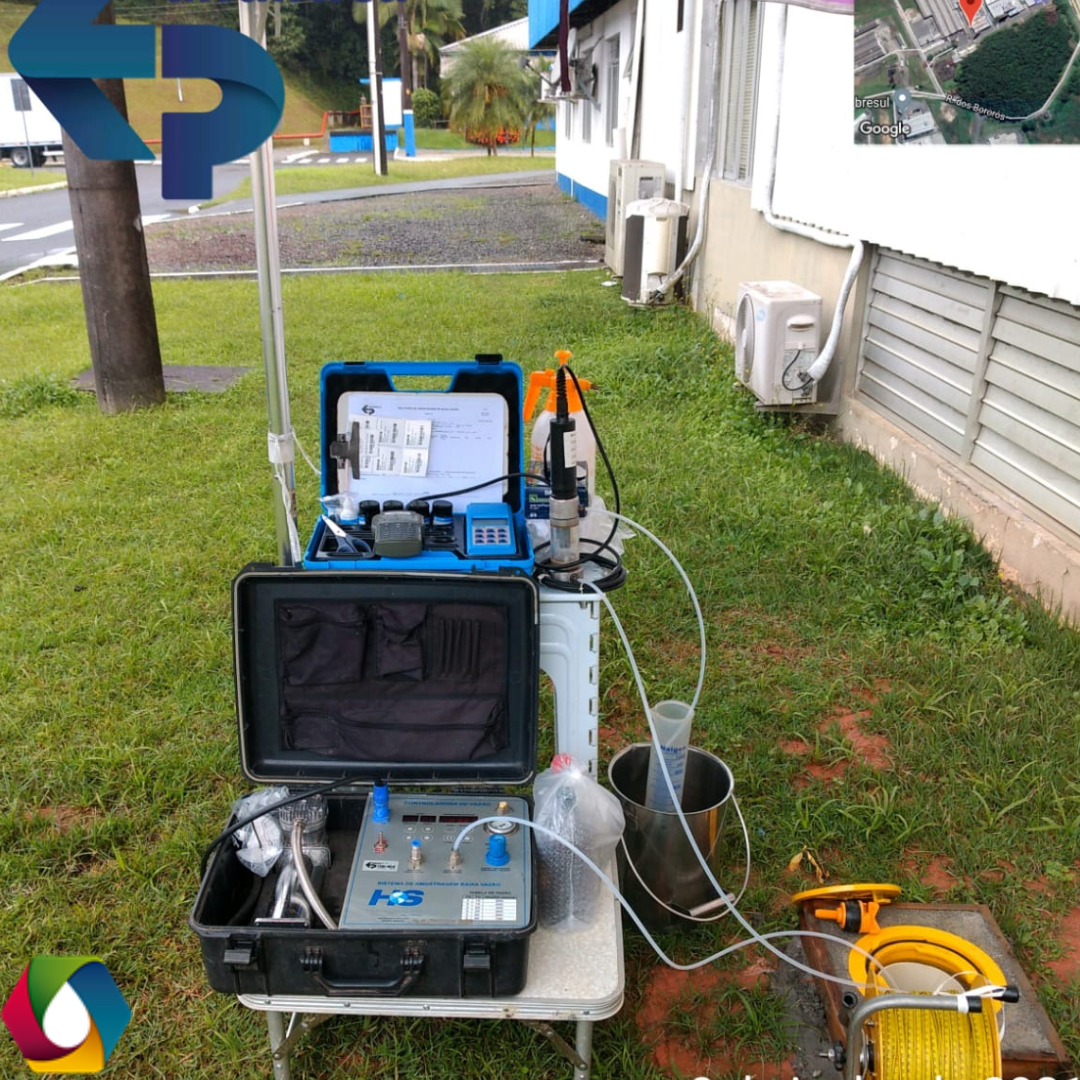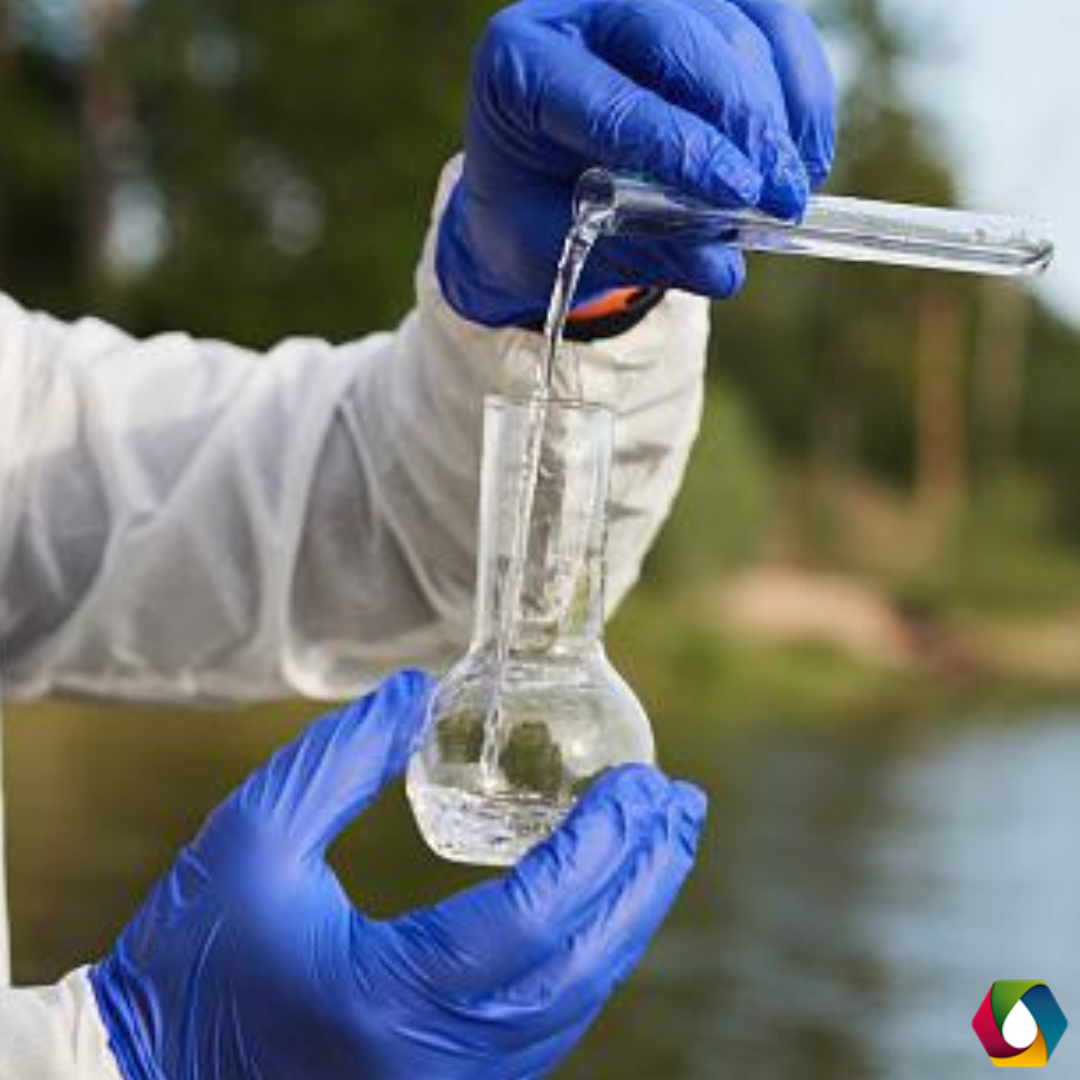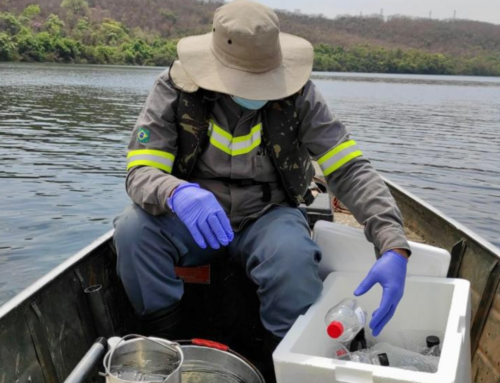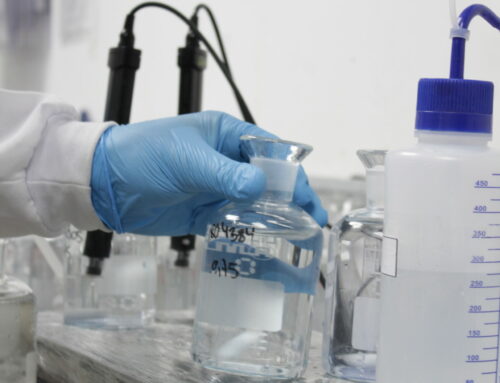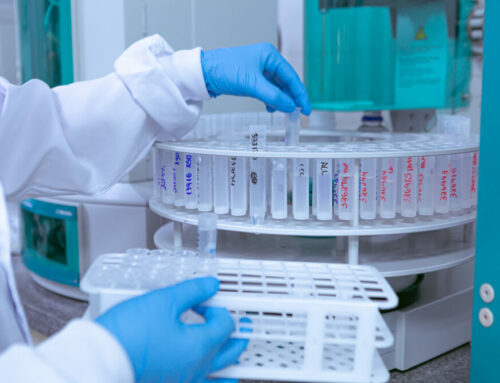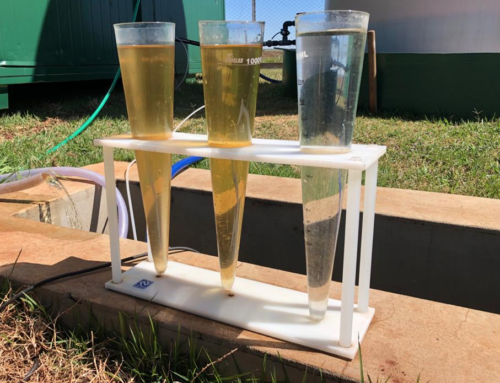Groundwater analysis plays a key role in assessing the quality and safety of water that is extracted from wells and underground aquifers.
The importance of groundwater analysis lies in the fact that groundwater is considered an essential source of supply for human consumption, agriculture and industry. For this reason, the presence of contaminants and harmful substances that can affect the quality of the water needs to be monitored in an essential way.
Groundwater Contamination
Contamination in groundwater occurs when harmful substances, or pollutants, are polluted into this water system. These substances can take many forms, such as leaks from underground storage tanks, chemical seepage, residual industrial waste disposal, untreated sewage, excessive use of agricultural fertilizers, and even the natural presence of toxic minerals.
Groundwater analysis is a form of monitoring to ensure the quality of groundwater.
Through the groundwater analysis of some parameters within the groundwater analysis we can assess the maximum exposure limits, toxicity, and the degree of risk by checking the limits of CONAMA resolution 420.
When using this type of water for drinking purposes (human consumption), quenching the thirst of animals, irrigation, and recreation, the groundwater analysis is performed in conference to the limits of the resolution CONAMA 396.
The CONAMA 396 of 2008, classifies as follows:
- Special class: water from aquifers intended for ecosystem preservation;
- Class 1: water from aquifers with no alteration in their quality (good quality) due to human actions, without the need for treatment;
- Class 2: water from aquifers with no alteration in quality due to human actions that need some treatment;
- Class 3: water from aquifers with alteration in its quality due to human actions but that do not need specific treatment;
- Class 4: water from aquifers with alteration of its quality by human actions and that can only be used without treatment for restricted activities;
- Class 5: water from aquifers that may be altered by human actions is intended for activities that have no quality requirements for use.
This classification is based on water quality parameters, such as the presence of chemical substances, fecal coliforms, pH, heavy metals, analysis of organochlorine pesticides, organophosphates, and PCBs, among others.
EP Analítica is the EP Group’s accredited environmental analysis laboratory. We have been the fastest growing accredited laboratory of environmental analysis in Brazil for 6 years.


